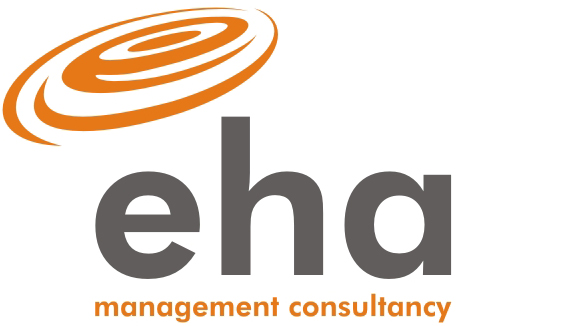Design thinking
Strategy Consultant in Pune
Business Strategy Consultant
Eha management consultancy
Hi,
Recently I participated in a session on Design Thinking. I am sharing the notes from the session. I am sure that you will find these notes useful. Haresh Amre @HareshAmre, Global Head of Quality at Persistent Systems, conducted the session. If you find any mistakes in the notes, I own those and please help me in correcting those.
- Design thinking is like a treasure hunt. It can solve more complex than logical ones.
- Changing social behaviour demands more individual customer understanding.
- Mobile and cloud computing are enabling the design thinking to next level.
- Evolution in neuro science is helping us in better customer understanding and effective design thinking. Concepts like left and right brain thinking are examples of evolution of neuro science.
- Design thinking also plays important role in business transformation.
- Design thinking is
a.human centred approach to innovation
b.integrates needs of people
c.explores possibilities of technology
d.understands requirements for business success - Design thinking is different from Six Sigma. Companies are used to developing products with DFSS – Design For Six Sigma Way.
- When to use design thinking?
a. Is the problem human centred?
b. How clearly do you understand the problem?
c. What data is already available?
d. What is the degree of complexity?
e. What is the level of uncertainty? - Design thinking methodology This methodology is different from the methodology followed in DFSS which is Define > Measure > Analyse > Improve > Control.
I am text block. Click edit button to change this text. Lorem ipsum dolor sit amet, consectetur adipiscing elit. Ut elit tellus, luctus nec ullamcorper mattis, pulvinar dapibus leo.

a. Empathy – Develop insight Some of the tools used at this stage are journey mapping, emotions mapping, document templates to capture insights
b. Define – Framing problems as opportunities for creative solutions
c. Ideate – Generating range of possible solutions Some of the tools used at this stage is Ethnography (cultural aspects), simple sketching
d. Prototype – Communicating the core elements of solutions to others
e.Test – Learning what works and does not work to improve solutions.
10. Mindset change required for using design thinking methodology
a. Show, don’t tell
b. Focus on human values
c. Craft clarity
d. Embrace experimentation
e. Be mindful of process
f. Bias towards action
g. Radical collaboration
Regards, Sachin Mohan Bhide, PhD Marketing Strategy Consultant Eha Management Consultancy
sachin@ehamanagementconsultancy.com
http://www.ehamanagementconsultancy.com/
https://plus.google.com/+SachinBhide
LEGAL DISCLAIMER
This communication shall not attach any liability on the originator or Eha Management Consultancy. There is a possibility that I may have noted some point incorrectly. It is advisable to double check the points before you take any decision based on it. I don’t represent any industry association, chamber of commerce, etc.
